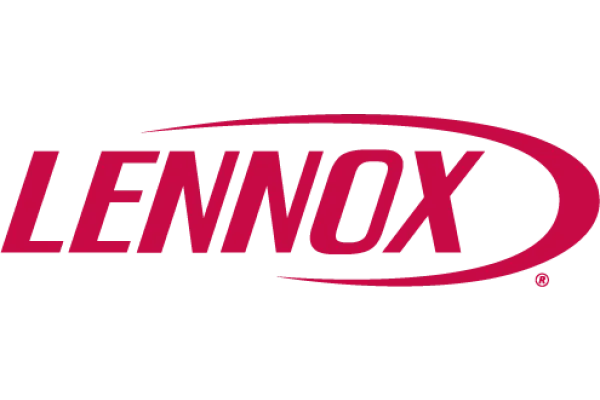Atlanta
Indoor Comfort
A Legacy of Delivering Trust and Comfort
- Since 1967 -
SAYING GOODBYE TO R-22 AND R-410A, SAYING HELLO TO R-32 AND R-454B
By: Julia Rossborough
Published Sep. 5, 2024, 5:45 p.m. ET
Saying Goodbye to R-22 and R-410A, and Hello to R-32 and R-454B: The Shift in Refrigerants
As the HVAC industry moves towards more eco-friendly and energy-efficient solutions, major changes in refrigerants are on the horizon. Two commonly used refrigerants, R-22 and R-410A, are being phased out, making way for new alternatives like R-32 and R-454B. This shift is driven by environmental concerns, regulations, and the need for more sustainable cooling solutions.
The Phasing Out of R-22 and R-410A
R-22 (Freon)
R-22, also known as Freon, has been widely used in air conditioning and refrigeration systems for decades. However, it has a high ozone depletion potential (ODP) and contributes to the thinning of the ozone layer. In response to these environmental issues, the production of R-22 was officially phased out by the U.S. in 2020, under the Montreal Protocol, which regulates substances harmful to the ozone layer.
As a result, R-22 is no longer manufactured or imported, and its scarcity has driven up the price for any remaining stock. Homeowners with older systems still running on R-22 face expensive maintenance costs and a pressing need to transition to more sustainable alternatives.
R-410A
R-410A was introduced as a replacement for R-22 and has been the standard refrigerant for many newer air conditioning systems. While it does not harm the ozone layer, it has a high global warming potential (GWP), contributing to climate change. As part of global efforts to reduce GWP emissions, regulations are now pushing for alternatives with lower environmental impact, leading to the gradual phase-out of R-410A as well.
The Introduction of R-32 and R-454B
R-32
R-32 is one of the new-generation refrigerants being adopted to replace R-410A. It is a single-component refrigerant, unlike the mixed components of R-410A. One of its key benefits is its much lower global warming potential—approximately one-third that of R-410A. It also offers better energy efficiency, making it an environmentally responsible choice for modern HVAC systems.
R-32 is already being widely used in many parts of the world, particularly in Europe and Asia, and its use is growing in the U.S. Its lower environmental impact, higher efficiency, and ease of recycling make it an attractive option for HVAC manufacturers and consumers alike.
R-454B
R-454B is another refrigerant gaining traction as a replacement for R-410A. It has one of the lowest GWP values among the available alternatives, making it a strong candidate for future HVAC systems. Like R-32, R-454B is designed to reduce energy consumption and environmental harm while delivering effective cooling performance.
This refrigerant is considered a “drop-in” alternative, meaning it can be used in systems designed for R-410A with minimal modifications. Its environmental benefits and ease of adoption are positioning R-454B as a leading solution for future air conditioning units.
What This Means for Homeowners and Businesses
The transition to R-32 and R-454B is a positive step toward a greener future, but it also means that homeowners and businesses will need to upgrade their current HVAC systems to accommodate these new refrigerants. If your air conditioning unit runs on R-22 or R-410A, it’s a good idea to start planning for an upgrade, especially if repairs become necessary.
Key Benefits of R-32 and R-454B
- Lower Environmental Impact: Both R-32 and R-454B have significantly lower GWPs compared to R-410A, making them better for the environment.
- Improved Energy Efficiency: These refrigerants provide better energy efficiency, which can lead to lower utility bills.
- Future-Proofing: Upgrading to systems that use R-32 or R-454B ensures compliance with future regulations and reduces reliance on outdated, costly refrigerants.
Conclusion
As we move toward a more sustainable future, the HVAC industry is embracing changes that not only improve efficiency but also reduce the environmental impact. The phasing out of R-22 and R-410A in favor of R-32 and R-454B marks an important step in creating a greener world. Homeowners and businesses should consider the benefits of upgrading their systems to take advantage of these new, eco-friendly refrigerants.

-min.png)





 (1)-min.png)
 (1)-min.png)
 (1)-min.png)


